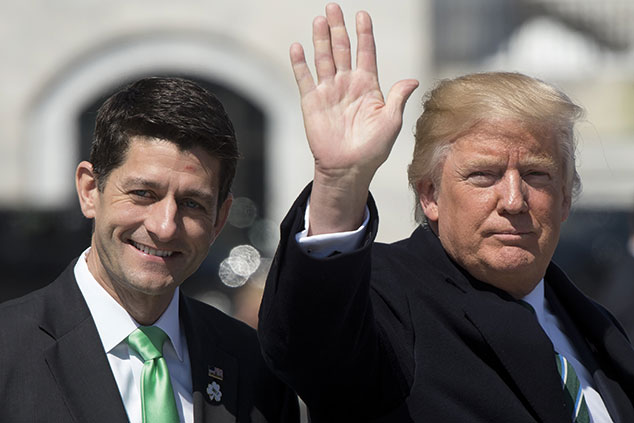
“We are heading back to the bad old days,” says Ed Conway in The Times – “and most of the world doesn’t seem to have noticed.” According to a report last week from the International Monetary Fund (IMF), the global debt pile is bigger than ever. The sum of private and public debt worldwide is $164trn, or 225% of GDP. That’s 12% of GDP more than in the late 2000s. “Given what happened [then], it is natural to be concerned,” says the Financial Times.
Even more concerning than overall debt levels, however, are the “late-stage, credit-cycle dynamics” and “investor excesses” that are worryingly reminiscent of the peak of the last bubble, according to the IMF. Risky lending has returned with a vengeance in the past few years.
Leveraged loans in the US have doubled since the pre-crisis peak. Within this category, notoriously lenient “cov-lite” loans, with little covenant protection, comprised 75% of new loan issuance in 2017. Equity-market investors have been borrowing to buy stocks in rapidly increasing numbers: margin debt has hit record levels.
A bubble in search of a pin
“The awful truth”, then, is that we are “just as vulnerable to a financial crisis” as in 2007, says Ambrose Evans-Pritchard in The Daily Telegraph. And “the authorities have fewer safety buffers”. With interest rates at rock-bottom levels and state debt already historically high, there is scant scope for much stimulus.
China won’t come to the rescue either. It embarked on a government-induced lending spree when exports collapsed in 2009, leaving it with the biggest credit bubble in history. The sum of its household, government and corporate borrowings has ballooned from under 150% of GDP to more than 250% in a decade.
Will the debt pile topple over soon? As Ed Conway points out, recessions typically occur every decade or so, suggesting we are overdue. The US recovery in particular has been unusually protracted – at more than 100 months, it is the second-longest on record. If it lasts until the summer of 2019, it will become the longest.
However, the macroeconomic outlook remains benign for now. The world economy expanded by 3.8% last year, the average annual pace in the 2000s, after spending years shaking off a hangover. The US is expected to accelerate, while the eurozone is doing unusually well. Monetary policy remains extremely loose globally, and is only being tightened very slowly in America.
Beware of inflation
But this is where the danger lies. The world is not ready for a sharp rise in borrowing costs in the biggest economy, but thanks to the Trump government’s stimulus, which is being injected “at the top of the cycle”, investors are beginning to fret about overheating and a jump in inflation. Trump will have been hoping to secure his re-election. But his stimulus may have brought forward the end of the global cycle, says Evans-Pritchard – guaranteeing a “frightening crisis” on his watch.